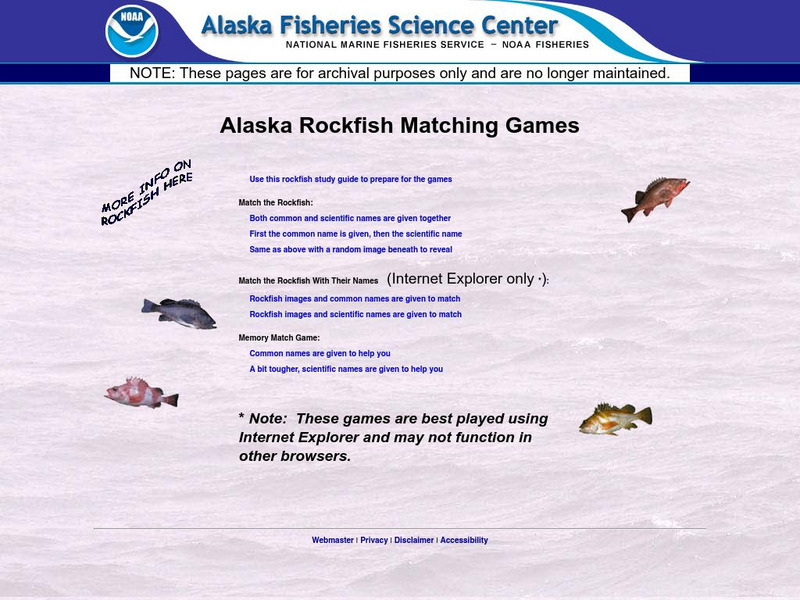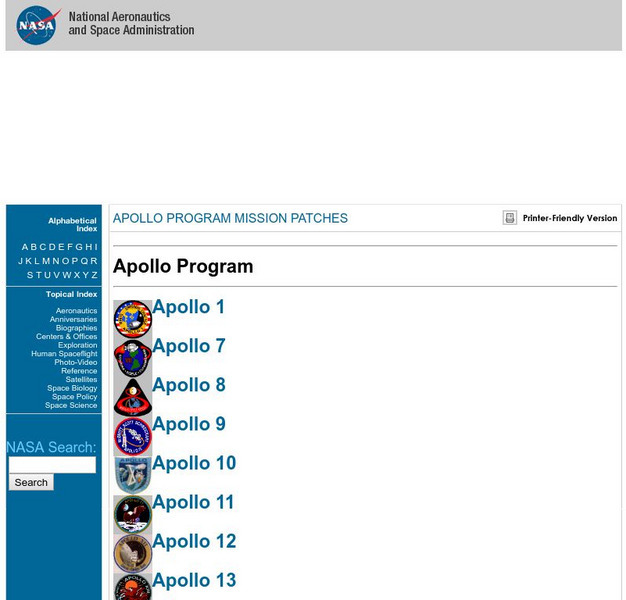Science Struck
Science Struck: 10 Nasa Inventions You Might Be Using Every Day
Many things invented by NASA are used in everyday life. Some of the most widely used inventions are described here.
Curated OER
National Park Service: America's Space Program Exploring a New Frontier
This site includes a lesson for teachers to use when teaching about America's space program. Also included is the history of the space program, maps, readings, images of the space program, and benefits that resulted from space research.
NASA
Nasa: Ocean Motion: Wind Driven Surface Currents: Upwelling and Downwelling
Explains what upwelling and downwelling of ocean currents are, and the impact of Ekman transport and the Coriolis effect on current movement as well as where they occur. The effects of upwelling and downwelling on water temperature and...
NASA
Nasa: Flight: What Is Drag?
Understand the concept of drag and find out how it affects the movement of airplanes.
Library of Congress
Loc: America's Story: Johnson's Task, Unify Space Program
Russia was ahead in the "space race" in 1961. In this article, the Library of Congress discusses how President Kennedy assigned Lyndon Johnson the task of uniting the different parts of the U.S. space program into NASA.
NOAA
Noaa: National Aeronautics and Space Administration: Alaska Rockfish Matching Games
A matching game where you match rockfish by common and scientific names, and images. Site also includes a study guide to help you prepare for the game.
NASA
Nasa: Ulysses: Missions to Our Solar System
A basic informational resource about Ulysses describing the spacecraft and its payload. There is also a mission time table showing what Ulysses has done and will do.
NASA
Nasa: Project Apollo Patches
This site from NASA provides illustrations of the Apollo Program mission patches worn by the astronauts and used by NASA in connection with each mission.
Space Telescope Science Institute
Overview of the Hubble Space Telescope
This site gives an overview of the Hubble Space Telescope program. It also gives details about the previous and current science instruments used in the program, and information about the mission operations and observations.









